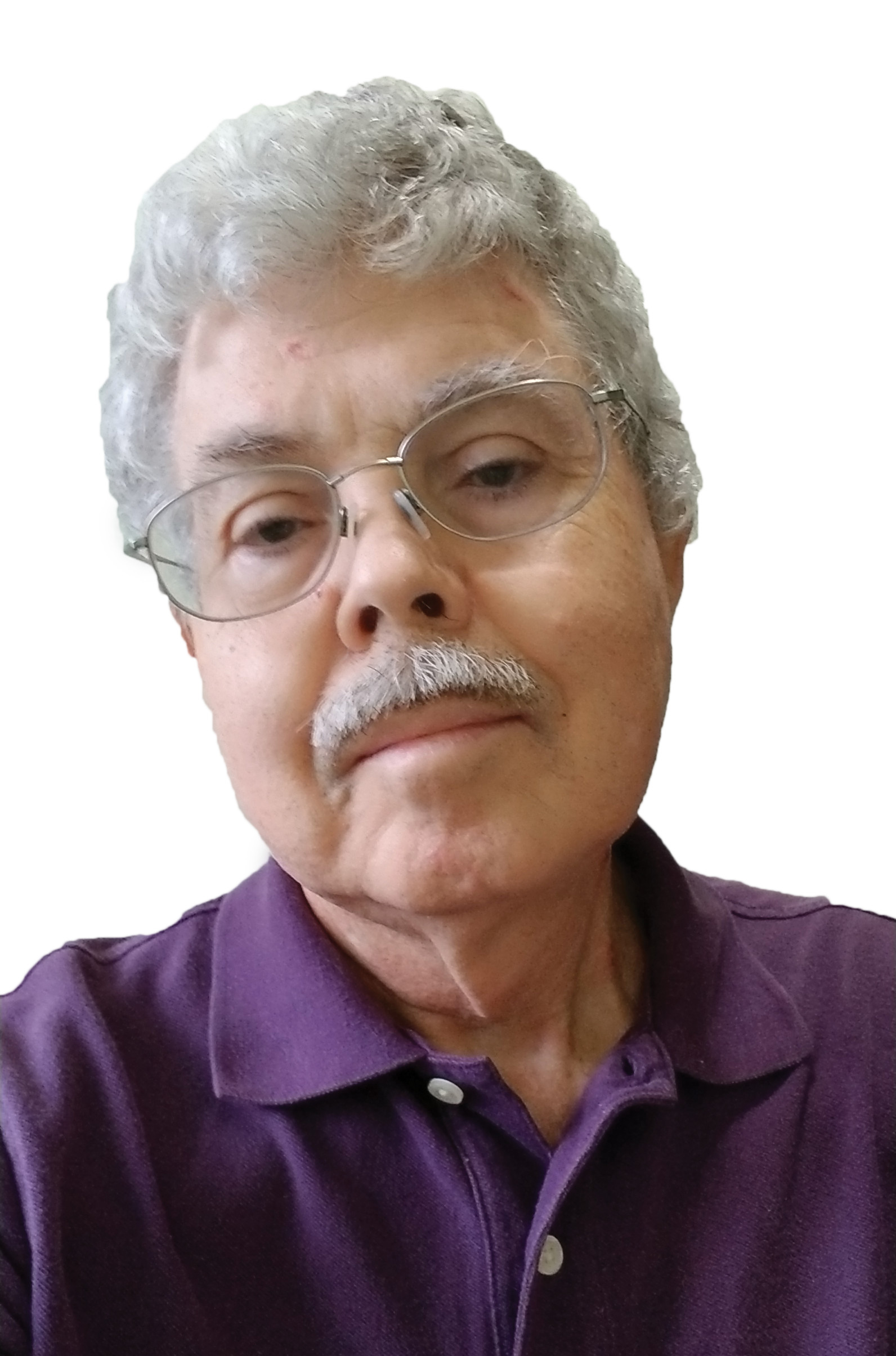Several weeks ago I wrote about the collapse of WEAU's tower and how they were able to get back on the air using bandwidth from other stations. Last week WEAU posted a story about its recovery, WEAU Recovers from Tower Collapse – Harris Broadcast Communications and WQOW-TV assist in putting station back on the air that describes the recovery process in more detail and how Harris Broadcast helped by providing local ABC affiliate WQOW-TV one of the first Selenio MPEG-2 encoding/statistical multiplexing systems, allowing it to carry WEAU's NBC programming with little impact on its main signal.
Jim Ocon, VP of Technology for Gray Television, said, ""The signal quality has been exceptional, and since we were broadcasting over WQOW's spectrum they were actually getting calls about how much the video quality improved for both stations. It was an unusual way to test a new product, but in doing so we discovered something that works great."
Describing the tower failure, Ocon said, "The consensus was that the tower was ice-loaded at the top. There were no snapped guy wires, which would have signaled a structural failure. Regardless, the radius of the collapse was a few hundred feet. It was one enormous pile of metal."
In addition to supplying the Selenio system, Harris sent a crew to survey the damage and then take apart the transmitter and reassemble it at the WEAU studio location for transmission from a shorter tower until the main tower is rebuilt and a new antenna installed.
The professional video industry's #1 source for news, trends and product and tech information. Sign up below.

Doug Lung is one of America's foremost authorities on broadcast RF technology. As vice president of Broadcast Technology for NBCUniversal Local, H. Douglas Lung leads NBC and Telemundo-owned stations’ RF and transmission affairs, including microwave, radars, satellite uplinks, and FCC technical filings. Beginning his career in 1976 at KSCI in Los Angeles, Lung has nearly 50 years of experience in broadcast television engineering. Beginning in 1985, he led the engineering department for what was to become the Telemundo network and station group, assisting in the design, construction and installation of the company’s broadcast and cable facilities. Other projects include work on the launch of Hawaii’s first UHF TV station, the rollout and testing of the ATSC mobile-handheld standard, and software development related to the incentive auction TV spectrum repack. A longtime columnist for TV Technology, Doug is also a regular contributor to IEEE Broadcast Technology. He is the recipient of the 2023 NAB Television Engineering Award. He also received a Tech Leadership Award from TV Tech publisher Future plc in 2021 and is a member of the IEEE Broadcast Technology Society and the Society of Broadcast Engineers.
